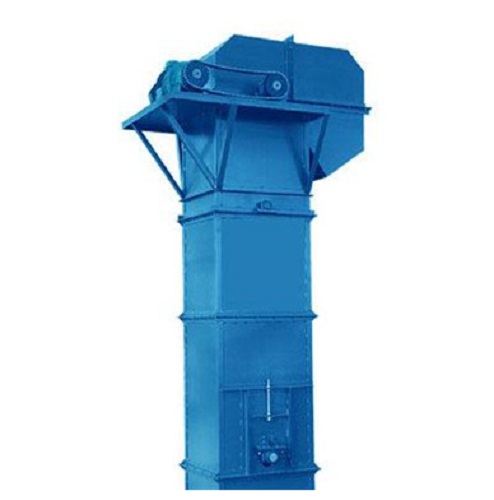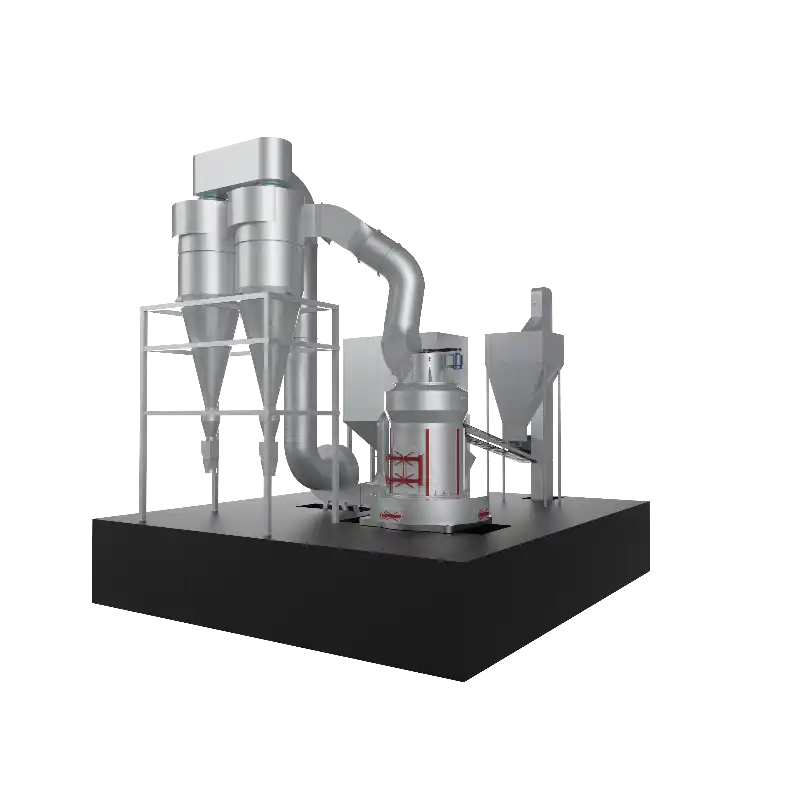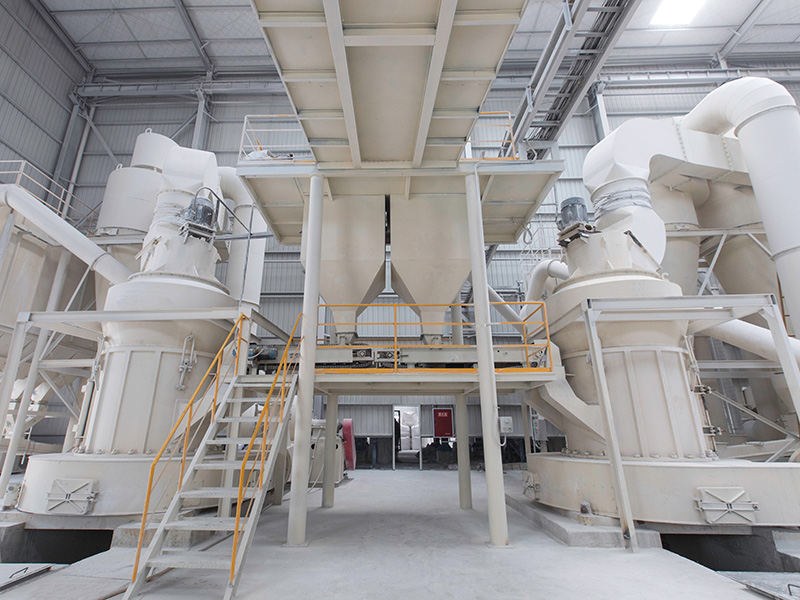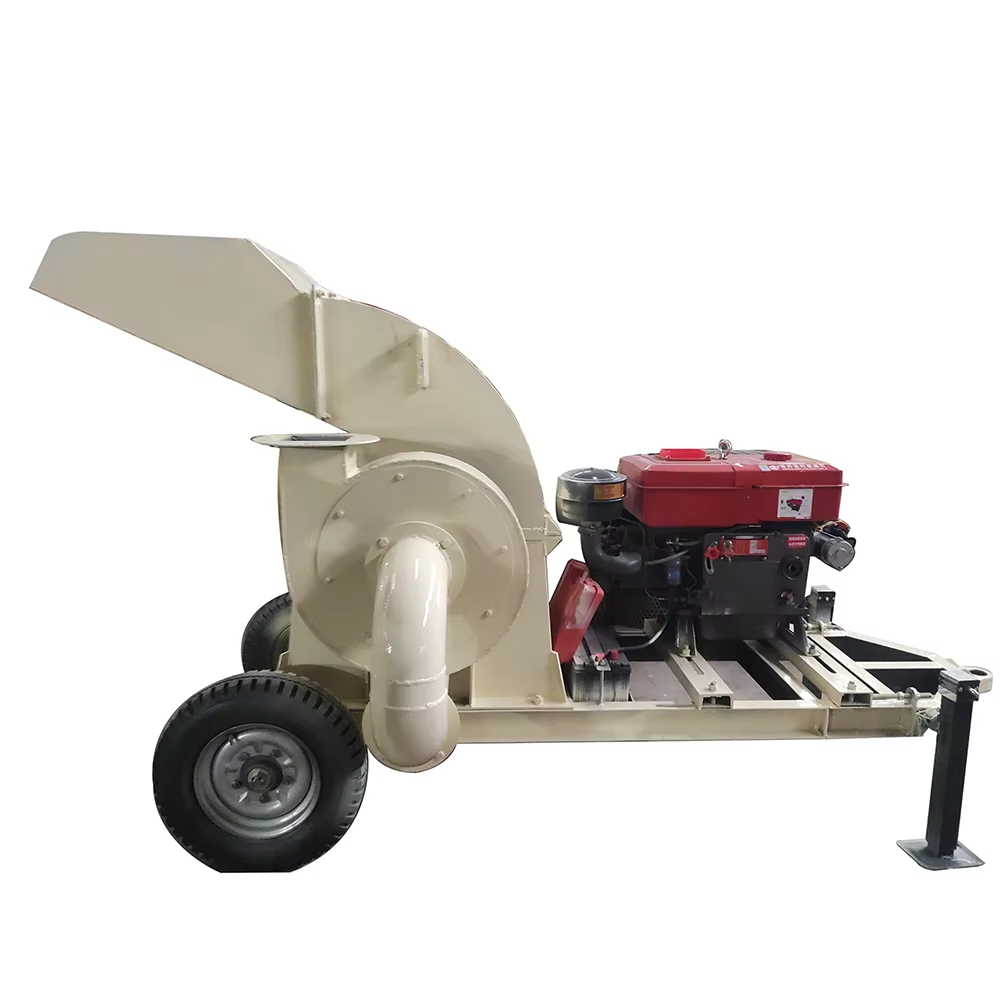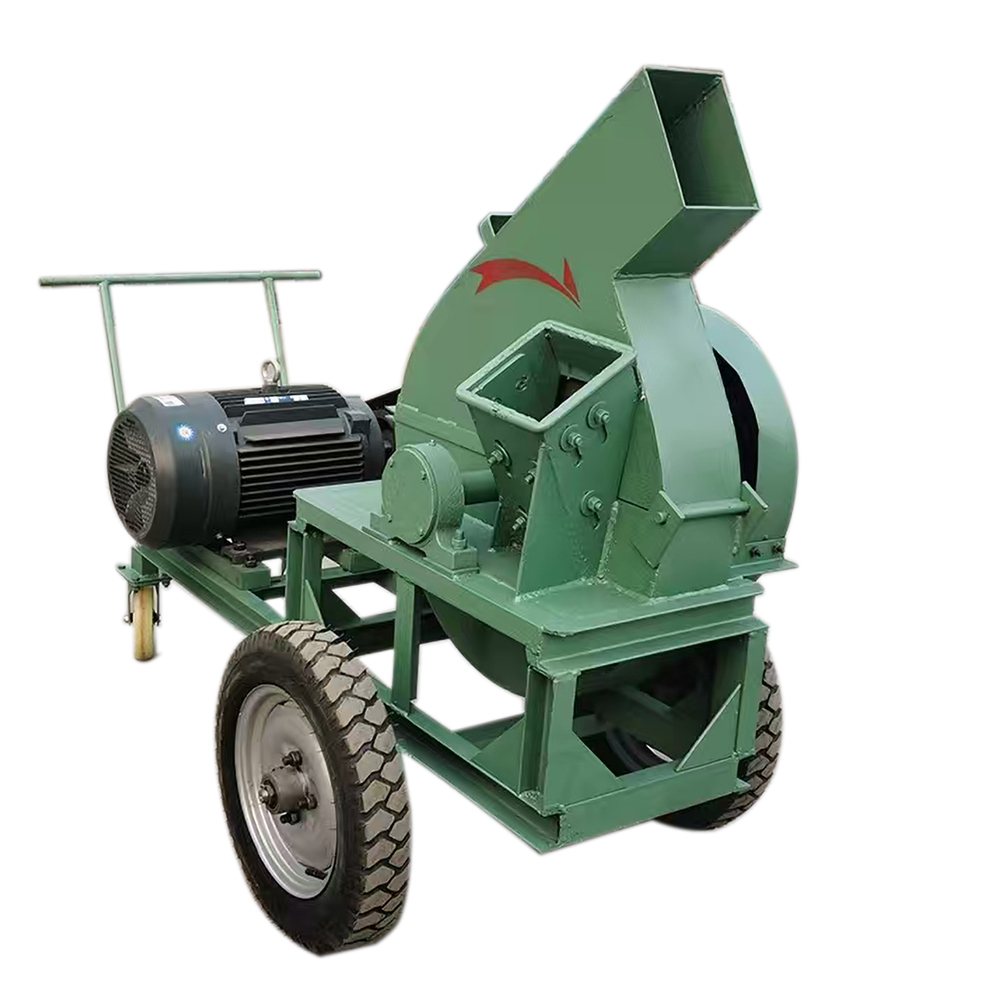Aluminum hydroxide powder is widely used in rubber, chemical, building materials and electronics, unsaturated polyester and paint coatings and other high molecular materials. Especially, it has a good smokeless and flame-retardant effect on flame-retardant rubber sheets, electrical cable sheaths, cables, etc. In addition, there is another direction with a very large demand for aluminum hydroxide – artificial boards, which have better advantages in many properties. Calcium hydroxide powder used in the production of artificial boards is usually produced by mechanical methods. It involves grinding non-industrial grade aluminum hydroxide that has undergone washing and drying treatment into fine-grained ATH powder through a mechanical grinding machine for aluminum hydroxide. So, how fine can aluminum hydroxide be ground by mechanical grinding? How much does an aluminum hydroxide vertical mill cost?
Today, Cronus, an aluminum hydroxide vertical mill manufacturer, will answer your questions. How fine can aluminum hydroxide be ground by mechanical grinding? Originally, the grinding of aluminium hydroxide was carried out using equipment such as jet mills, stirred mills, or ball mills, which either had high production costs or poor control over the particle size of the product. The reason why the vertical mill system was able to revolutionize the old production mode of aluminum hydroxide in a short period of time is attributed to many factors.
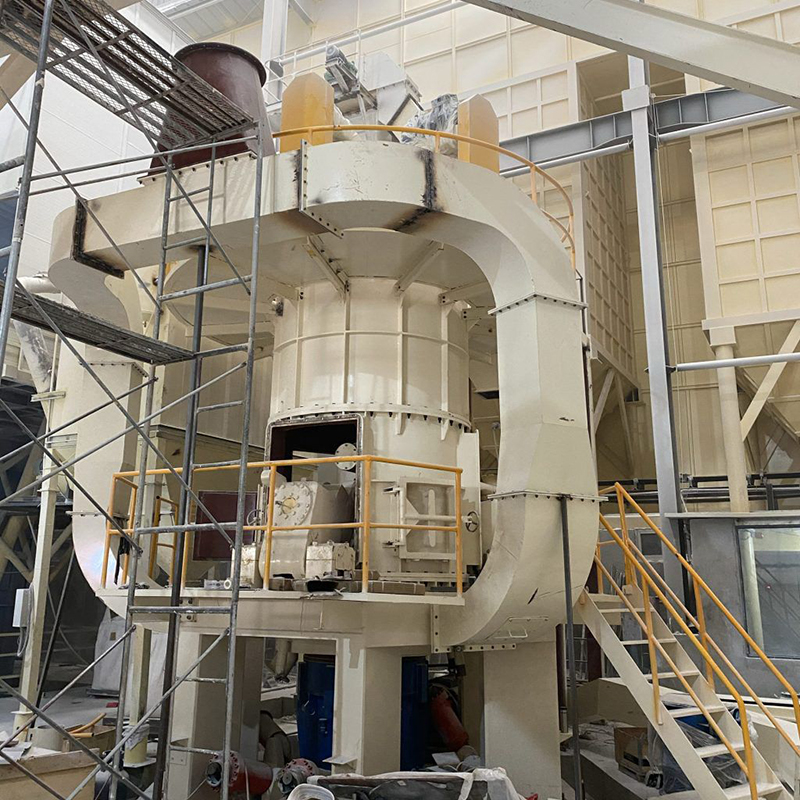
The ultrafine aluminum hydroxide powder produced by mechanical grinding of common aluminum hydroxide has an irregular shape, coarse particle size, wide distribution, and the particle size is generally within the range of 5 to 15μm. By using the CRLMS series ultrafine vertical mill, the average particle size of aluminum hydroxide can be ground as low as 3μm. This particle size can already partially replace the high-cost chemical aluminum hydroxide in many fields. Indeed, for many application areas, there is no need to use 1μm ultrafine aluminum hydroxide at all; 3μm is sufficient. In addition to the particle size index, ultrafine powders have a very small particle size, high surface energy, and are prone to agglomeration, making it difficult to be uniformly dispersed into the polymer matrix.
The particle size range of the powder ground by the vertical mill is relatively wide and it shows sphericity, which optimizes the fluidity of the powder. During grinding, additives can be added and the oil absorption value of the powder can be appropriately regulated. The crushing principle of the vertical mill determines that it relies more on the force between materials, which also ensures better purity and whiteness of the powder. Moreover, materials with a moisture content of less than 20% can be directly dried through the vertical mill system, and the viscosity of the produced powder is low. With the acceleration of industrial upgrading, based on the inherent characteristics of aluminum hydroxide and the demands of application fields, the vertical grinding system, which is more in line with the product, has stood out in the mechanical grinding of aluminum hydroxide.
So, how much does an aluminum hydroxide vertical mill cost? Cronus offers a wide range of CRLMS series ultrafine vertical mills, from small ones to large ones. The quotations vary greatly. You can make your specific choice based on your production capacity requirements. Apart from the vertical mill for aluminium hydroxide, different mechanical grinding equipment have different principles, and there are also significant differences in the physical and chemical properties of powder products. Cronus, which has a relatively comprehensive product line including Raymond mills, ring roller mills, vertical mills, etc., can directly sense market changes from the variations in customer demands.


